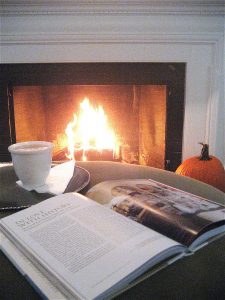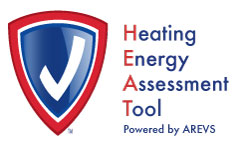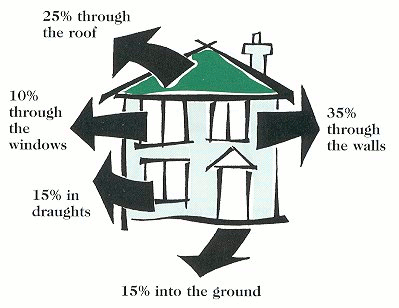We know that you can’t predict the weather, but the change of seasons is just around the corner. With fall comes cooler temperatures, rain and wind, and extreme weather like hurricanes, tornadoes, and snow and ice storms. Fortunately, you can prepare your home and family for anything the season brings by taking a few simple steps this weekend. Here are our newest fall home weatherization tips:
Fall weatherization of your home’s exterior
Got a drafty room? Over time, houses “settle” and gaps or cracks can appear between windows and doors, where materials and walls meet, or along your foundation where pipes or conduits enter the home. Check these areas of your home to prevent heat loss. If your exterior doors are weather stripped, check that the seal is tight and your strip and threshold are clean.
Moisture is your home’s enemy, especially in the winter when pipes can freeze and crack. Double check your water pipes and be sure to have your lawn sprinkler system flushed and turned off before the first frost.
If your home has rain gutters, now is the time to make sure they are clean and free of debris. You can also install a rain gutter guard in an afternoon, which will help keep leaves and debris out of your gutters.
in an afternoon, which will help keep leaves and debris out of your gutters.
Fall weatherization of your home’s interior
Check for air leakage around your window and door frames. If you can feel a draft, use transparent weather sealing tape to seal the gaps between the frame and wall.
to seal the gaps between the frame and wall.

If you’re looking forward to curling up in front of a fire when the weather turns cool, be sure to hire a licensed chimney sweep to inspect and clean your chimney, flue, and fireplace.
Examine your HVAC system. It might be time to clean your filters, or replace them. . If your system is older, hire a certified HVAC professional to check it out and tune it up. Your professional technician can also help you identify inefficient or worn out parts of your system so you can get peak heating performance throughout the fall and winter.
Take care of your home’s weatherization needs before the fall weather hits, and you’ll keep your home comfortable for your family all season long.


